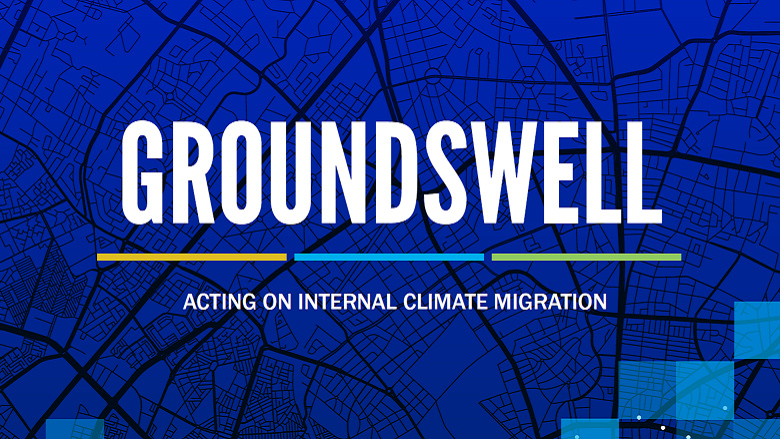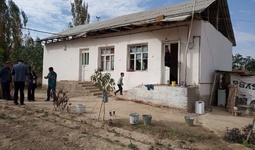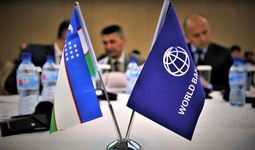The World Bank’s updated Groundswell report released climate change, an increasingly potent driver of migration, could force 216 million people across six world regions to move within their countries by 2050.
Hotspots of internal climate migration could emerge as early as 2030 and continue to spread and intensify by 2050. The report also finds that immediate and concerted action to reduce global emissions, and support green, inclusive, and resilient development, could reduce the scale of climate migration by as much as 80 percent.
Climate change is a powerful driver of internal migration because of its impacts on people’s livelihoods and loss of livability in highly exposed locations. By 2050, Sub-Saharan Africa could see as many as 86 million internal climate migrants; East Asia and the Pacific, 49 million; South Asia, 40 million; North Africa, 19 million; Latin America, 17 million; and Eastern Europe and Central Asia, 5 million.
“The Groundswell report is a stark reminder of the human toll of climate change, particularly on the world’s poorest—those who are contributing the least to its causes. It also clearly lays out a path for countries to address some of the key factors that are causing climate-driven migration,” said Juergen Voegele, Vice President of Sustainable Development, World Bank.
The updated report includes projections and analysis for three regions: East Asia and the Pacific, North Africa, and Eastern Europe and Central Asia. It builds on the novel and pioneering modeling approach of the previous World Bank Groundswell report from 2018, which covered Sub-Saharan Africa, South Asia, and Latin America.
By deploying a scenario-based approach, the report explores potential future outcomes, which can help decision-makers plan ahead. The approach allows for the identification of internal climate in- and out- migration hotspots, namely the areas from which people are expected to move due to increasing water scarcity, declining crop productivity, and sea-level rise, and urban and rural areas with better conditions to build new livelihoods.
The report provides a series of policy recommendations that can help slow the factors driving climate migration and prepare for expected migration flows, including:
- Reducing global emissions and making every effort to meet the temperature goals of the Paris Agreement.
- Embedding internal climate migration in far-sighted green, resilient, and inclusive development planning.
- Preparing for each phase of migration, so that internal climate migration as an adaptation strategy can result in positive development outcomes.
- Investing in better understanding of the drivers of internal climate migration to inform well-targeted policies.
Regional Findings
Eastern Europe and Central Asia Highlights
- By 2050, Eastern Europe and Central Asia could see up to 5.1 million climate migrants or 2.3 percent of the total projected population at the high end of the pessimistic reference scenario. Out of them up to 2.4 million climate migrants will be residing in Central Asia (pessimistic reference scenario average).
- The Ferghana Valley, the area around Tashkent, and lower-elevation areas of southern Tajikistan (including Dushanbe) are projected to be climate in-migration hotspots, along with denser settlements in northern Kazakhstan (Karagandy, Nur-Sultan, and Kostanay). These reflect projected increases in both water availability and crop productivity.
- Climate out-migration hotspots are expected along the southern border of Kazakhstan, pockets surrounding the Ferghana Valley in Uzbekistan and Tajikistan, and the area around Bishkek, reflecting projected decreases in water availability and crop productivity. Smaller pockets of eastern Turkmenistan and southern Uzbekistan along the Amu Darya River are also projected to be climate out-migration hotspots for the same reasons.
PRESS RELEASE NO: 2022/12/CCG
Contacts
In Washington:
Ferzina Banaji
+1 (202) 372-5885
fbanaji@worldbankgroup.org





















leave a comment